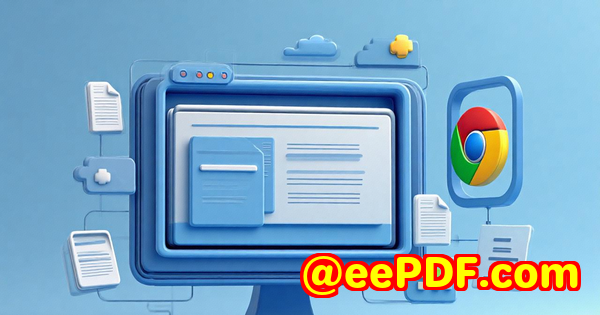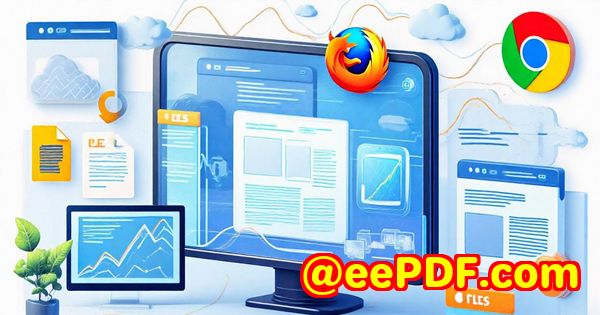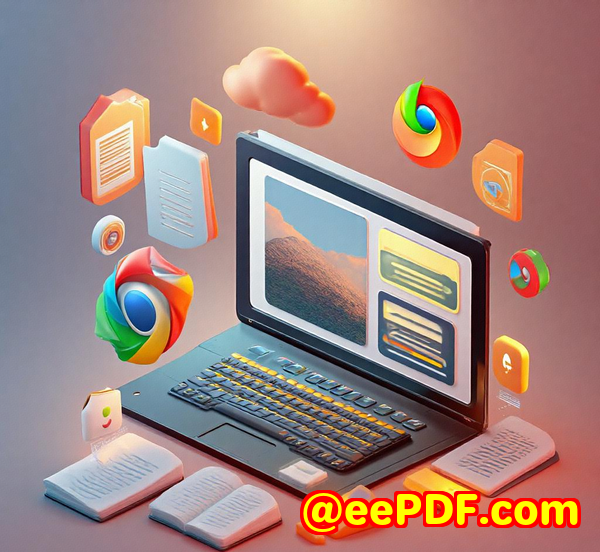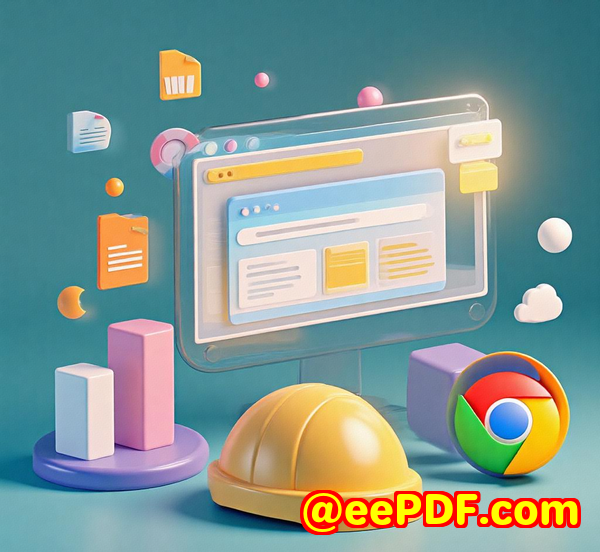Build Your Own Contactless Inventory Scanner with JavaScript Barcode SDK and PWA
Build Your Own Contactless Inventory Scanner with JavaScript Barcode SDK and PWA
Meta Description:
Build a fast, offline-ready inventory scanner using your browser. This guide shows how to turn any device into a barcode scanner with JavaScript and PWA.

Every small warehouse or retail backroom I've worked in has had the same problem
There's that one corner with the dusty barcode scanner, a USB cable that never reaches far enough, and a Windows-only app from 2007 that sometimes works if you're lucky.
It's 2025. Why are we still tethered to clunky hardware to do something as basic as scanning a barcode?
I needed something better.
Not just bettersomething faster, contactless, and web-based. No more installing weird drivers, no more being stuck to one machine. That's when I found VeryUtils JavaScript Barcode Scanner SDK. And honestly? It changed the way I manage inventory, forever.
How I Turned My Browser into a Barcode Scanner
I was building a lightweight PWA for an internal toolnothing fancy, just a mobile-friendly app for scanning and updating stock. The last thing I wanted was to wrestle with a third-party scanner API or build a native mobile app.
Then I came across the VeryUtils JavaScript Barcode Scanner SDK.
I figured I'd give it a try.
A few lines of code later, my Android phone camera was scanning QR codes in real-timeright from Chrome. No installs. No permissions hell. No frustration.
It was snappy, ridiculously accurate, and ran offline thanks to PWA support.
Why This SDK Just Works
This isn't one of those bloated barcode libraries where you need to import 5 dependencies and debug half your day away. You drop in one script and you're scanning.
And I'm not talking "hello world" basic scanning. I mean real scanningfast, multi-code, damaged-label, bad-lighting kind of scanning.
Let's break down what stood out:
1. Real-Time Video Stream Decoding
Most tools slow down when they try to decode video streams. This one? Nope.
I clocked it at 20+ barcodes per second on a mid-range Android device.
Need to scan barcodes while walking through a shelf aisle? Done.
Need to decode a bunch of QR codes on a print sheet? Instant.
2. Offline-Ready PWA Mode
Our facility doesn't always have rock-solid Wi-Fi, so this was huge.
Thanks to Progressive Web App support, I could install the scanner as an app and it still worked without a connection.
Use case:
We had a power outage last monthWi-Fi was flaky, but we still scanned and logged returns using just mobile data and the offline cache.
3. Works Everywhere You Can Run JS
-
On a shared Chromebook? Yes.
-
On a warehouse iPad? Yes.
-
On an old Samsung with a cracked screen? Still yes.
As long as the device has a camera and a browser, it works. And thanks to WebAssembly under the hood, the performance feels native.
Use Cases That Actually Matter
This isn't a niche tool. It's versatile.
Here are just a few ways we've used it:
-
Inventory logging with QR code stickers on products
-
Contactless check-ins for rented equipment via barcode badges
-
Internal asset tracking in officesemployees scan with their phone to check out laptops or tools
-
Healthcare fieldworknurses scanning patient tags during home visits (PWA + offline = win)
-
Event managementscanning entry tickets on any phone without needing an app download
And it supports a ridiculous amount of symbologies. From standard Code 128 to obscure stuff like Royal Mail barcodes or USPS IMB.
Setup Took Me Less Than 15 Minutes
I followed the example on their demo page, dropped in my license key, added one script tag, and boomscanner ready.
Here's what I liked most:
-
No back-end setup. It's all client-side.
-
Privacy-first. Nothing gets sent to any server unless you want it to.
-
Instant feedback. You can add audio or haptic feedback so users know the scan worked.
I added a little "beep" on success. Everyone loved it. That alone boosted scan confidence across the team.
Better Than the Competition? Absolutely.
We tried a few other solutions before this.
Some were limited to iOS or Android only. Others charged insane per-scan fees. And one required a React Native wrapper just to get started.
Here's where VeryUtils wins:
-
All JS, no frameworks required
-
Can scan from image files or real-time video streams
-
Supports over 40 barcode formats
-
Enterprise-level performance in a browser
-
One-time licenseno monthly nonsense
Plus, I didn't have to waste a single day reading docs. Everything was plug-and-play.
Who Should Use This?
If you're any of the following, don't sleep on this SDK:
-
Warehouse or inventory managers tired of dealing with outdated scanning hardware
-
Field workers who need a lightweight scanning solution on their phone
-
Retail store owners looking to modernise without investing in POS terminals
-
App developers building scanning features into internal tools
-
Event organisers managing attendee check-ins without clunky QR code apps
It's built for people who want something that works now, not after three weeks of integration.
Final Thoughts: You Don't Need an App. You Just Need a Browser.
I've saved hours of dev time and days of user headaches by switching to this barcode SDK.
Scanning should be simple.
This makes it simple. It just works. It runs fast. It runs offline. It supports every format you can think of. You don't need any special hardware.
Would I recommend it? Absolutely.
If you're even remotely dealing with scanning barcodesget this SDK and never look back.
Try it yourself here:
https://veryutils.com/javascript-barcode-scanner-sdk
Custom Development Services by VeryUtils
Got unique requirements or a weird edge case? VeryUtils can help with that too.
They offer custom development services tailored to your specific needswhether that's barcode scanning on iOS, complex printer drivers for Windows, or even OCR for document analysis.
Here's what they can build for you:
-
Tools and utilities using Python, JavaScript, PHP, C++, .NET, and more
-
Custom barcode solutions with OCR and layout analysis for scanned PDFs and TIFFs
-
Virtual printer drivers to intercept and convert print jobs to PDF, PCL, or image
-
Document security features like DRM, digital signatures, or watermarking
-
Cloud-based services for document conversion, image recognition, and file access monitoring
Reach out to them at: http://support.verypdf.com/
They'll take care of the rest.
FAQs
1. Can I use this SDK in a React or Vue app?
Yes, it works with any JavaScript framework. You can drop it into your component or use it globallywhatever fits your build process.
2. Does it work without internet?
Absolutely. With PWA support, you can use it offline after the first load. Great for fieldwork or remote areas.
3. What barcode types does it support?
It supports 1D and 2D formats like Code 128, QR, DataMatrix, PDF417, Aztec, and even postal codes like USPS IMB or Australia Post.
4. Do I need any special hardware?
Nope. Any device with a camera and a modern browser will workphones, tablets, even laptops.
5. Is it secure to use in production?
Yes, it's fully client-side. No data is sent anywhere unless you explicitly code it that way. Perfect for privacy-focused apps.
Tags / Keywords
-
JavaScript barcode scanner SDK
-
Barcode scanning in browser
-
PWA barcode app
-
Inventory scanning with mobile
-
QR code reader JavaScript
-
Offline barcode scanner web app
-
Real-time barcode scanning
-
Barcode SDK for developers
-
Contactless inventory management
-
WebAssembly barcode reader



